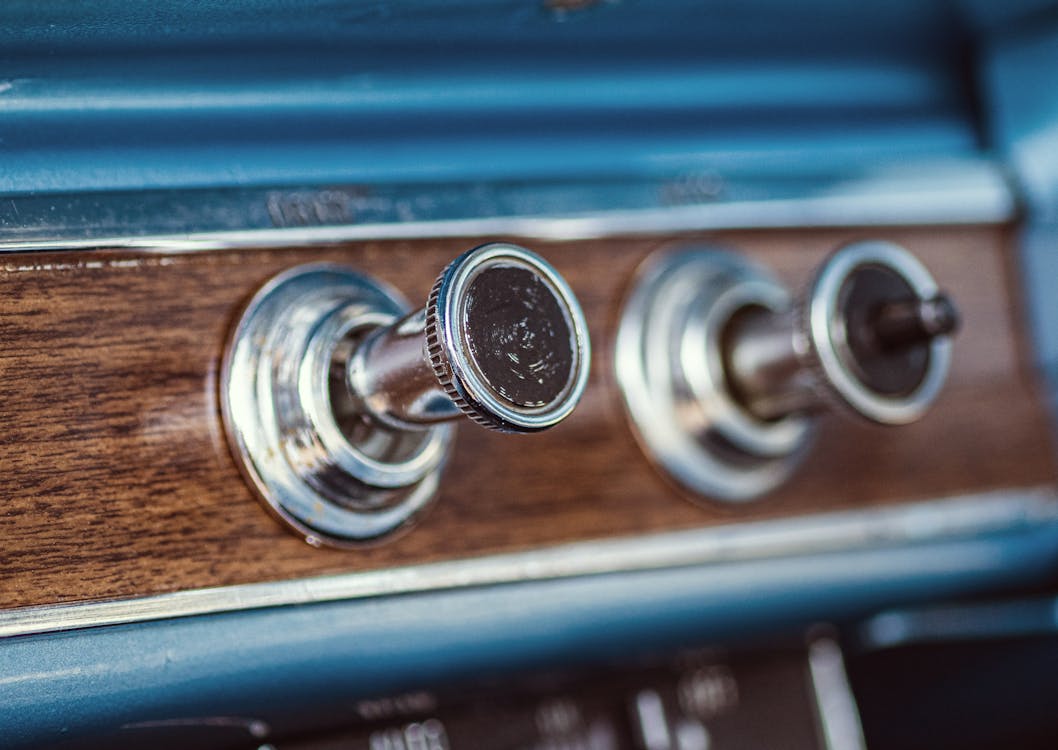Why Buttons Are Making a Comeback in Car Design

For the past years, cars and truck insides have been swiftly advancing towards smooth, screen-dominated control board. Touchscreens replaced standard handles, sliders, and buttons in what several thought was the unpreventable march of progression. Yet, in an unanticipated spin, physical buttons are quietly making their back into modern-day automobiles. The shift signals greater than simply a sentimental nod-- it's a reaction to real-world feedback from drivers desire simplicity, safety, and tactile complete satisfaction.
The Digital Overload Dilemma
When touchscreens initially began taking control of dashboards, they seemed like the future: tidy, personalized, and filled with functions. They got rid of mess and permitted automakers to enhance their insides with less physical parts. But as even more features were hidden within electronic food selections, chauffeurs began to voice problems.
Touchscreens often need numerous actions to do standard jobs like readjusting the environment or altering the radio station. Unlike switches, they do not have the instinctive muscle memory that permits a motorist to change a setting without taking their eyes off the roadway. With a lot happening on-screen, it becomes all as well simple to get distracted-- something no person desires when traveling at highway speeds.
The Return of Tactile Functionality
Among the greatest benefits of buttons is their responsive feedback. You can feel them without needing to look. This sensory reinforcement makes them not simply hassle-free yet much safer for chauffeurs. When your hand instinctively recognizes where the volume knob is or just how far to press a button to activate the defrost, it reduces the need to look down or away from the road. And while touchscreens use comfort for infomercial and navigation, the crucial everyday features-- like hazard lights, audio controls, and HVAC-- feel better fit to physical controls.
In fact, many drivers who formerly spoke highly of electronic systems have actually expressed gratitude for newer models that blend contemporary appearances with the practical feel of standard controls. It's not about rejecting advancement-- it's regarding enhancing use.
A Balanced Design Philosophy
Developers have paid attention to this shifting view. Rather than abandoning screens, they're reconsidering how they're integrated. The very best interiors currently strike a balance in between electronic flexibility and analog precision. That suggests tactically placing buttons for essential functions while utilizing electronic interfaces for apps, navigating, and media.
This hybrid method is especially prominent in vehicles developed for long-distance driving or families. The convenience of pushing a switch without stumbling via a menu makes a huge distinction when you're attempting to stay focused, comfortable, and safe. Even in lorries recognized for sophisticated technology, a simple rotary dial or tactile control can be the attribute that sways motorists trying to find thoughtful layout.
Buttons and the Emotional Connection
There's likewise something uniquely psychological regarding switches. They bring a certain degree of interaction that touchscreens simply don't reproduce. Pressing a button or turning a dial seems like you're literally engaging with your cars and truck-- it includes a layer of link that makes the driving experience extra enjoyable.
For those considering used Chevy cars, automobiles from recent years usually supply the best of both globes: receptive touch user interfaces paired with classic physical controls. These versions bridge the gap in between technology and knowledge, making them excellent for drivers who value modern-day features without sacrificing simplicity of use.
Technology Isn't Just About Screens
It's very easy to conflate innovation with displays, yet real advancement means improving the chauffeur experience. In this light, switches are a type of clever style. They're quick, accurate, and do not require focus. As vehicle get more info style comes to be significantly driver-centric, benefit and intuition take spotlight.
This also ties straight right into the resale and trade-in worth of automobiles. Vehicles that prioritize easy to use attributes have a tendency to age far better in the eyes of future purchasers. If you're thinking about a Chevrolet trade in, understanding that your existing vehicle uses an attentively designed inside, total with easily obtainable controls, can have a positive influence.
The Future Is Functional
As vehicle suppliers re-evaluate the duty of user interfaces in the cabin, they're guided by chauffeur comments and real-world usability research studies. The rebirth of switches doesn't signal a return to the past-- it's an advance in thoughtful, user-first style. It acknowledges that progression doesn't always suggest removing the old yet incorporating it in a manner that makes driving much safer, easier, and more delightful.
If you're in the marketplace and discovering Chevy new car deals, watch on exactly how various versions handle their interior controls. It's not almost the touchscreen dimension-- it's about exactly how the vehicle aids you remain focused on the road while making your daily commute a lot more intuitive. Buttons could not be the flashiest feature, yet they're promptly becoming one of the most valued.
For more understandings into automotive trends, interior decoration innovations, and smart automobile shopping ideas, make sure to inspect back consistently. We're constantly updating the blog site with fresh ideas to assist you browse the road in advance.